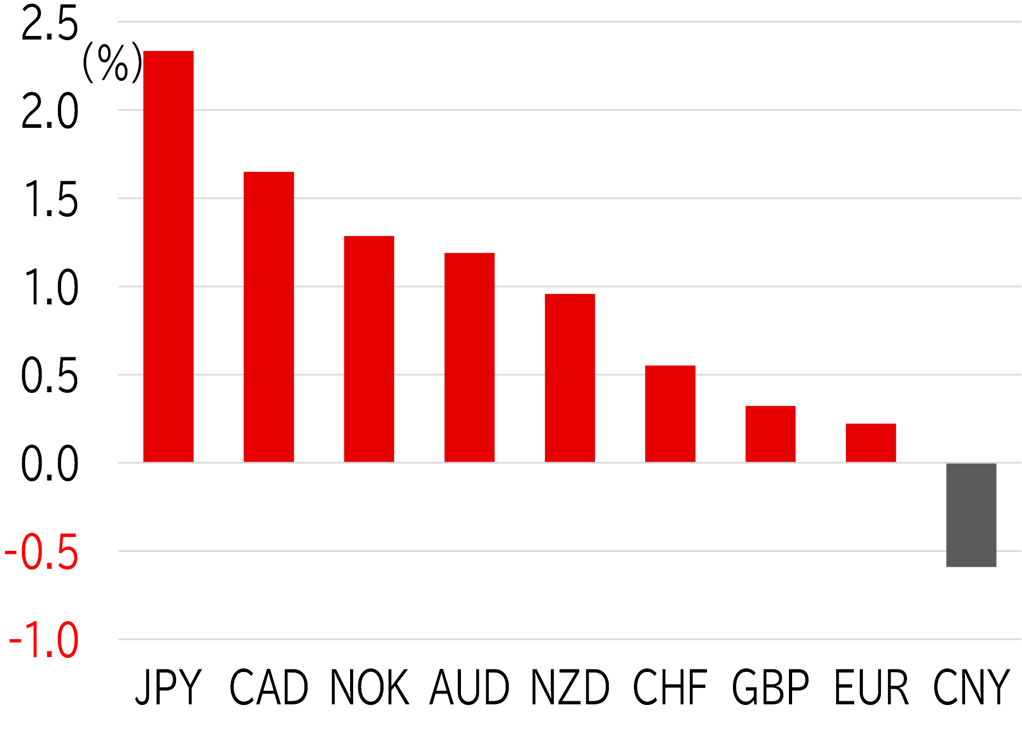Week in review
The USD/JPY opened the week at 155.39. The dollar and the yen strengthened in a move to risk-off following President Donald Trump's executive order over the weekend to impose (increase) tariffs on Canada, Mexico, and China. The USD/JPY rose to the weekly high of 155.88 on 3 February but then reversed course, falling to below 154.50 in choppy trading. The pair became deadlocked below 155.50 after reports surfaced early on 4 February that the tariffs on Canada and Mexico would be postponed, while the additional tariffs on China would go into effect and that China would also respond with countermeasures. However, the dollar weakened after the December US JOLTS survey showed job openings fell short of market expectations, pushing the pair below 154.50. Yen buying picked up steam pushing the USD/JPY below 154 after the monthly labor survey for December, announced early on 5 February during the Tokyo session, showed real wages rising for the second consecutive month. The pair then slipped to around 152 as the ISM non-manufacturing index, released later in US trading hours, missed expectations. Yen buying continued on 6 February following a speech by BOJ policy board member Naoki Tamura. After overseas investors entered the market, the USD/JPY moved below 152 due in part to position adjustments ahead of the 7 February US payrolls report and the Japan-US summit. This trend remained intact as of the time of writing, with the pair briefly dipping below 151 ahead of the fixing rate announcement (Figure 1). The dollar weakened across the board among G10 currencies this week. The yen strengthened across the board, while European currencies were relatively weak (Figure 2).
FIGURE 1: USD/JPY

Note: Through 11:00 JST on 7 February
Source: EBS, Refinitiv, MUFG
FIGURE 2: MAJOR CURRENCIES' RATE OF CHANGE VS USD THIS WEEK

Note: Through 11:00 JST on 7 February
Source: Bloomberg, MUFG
